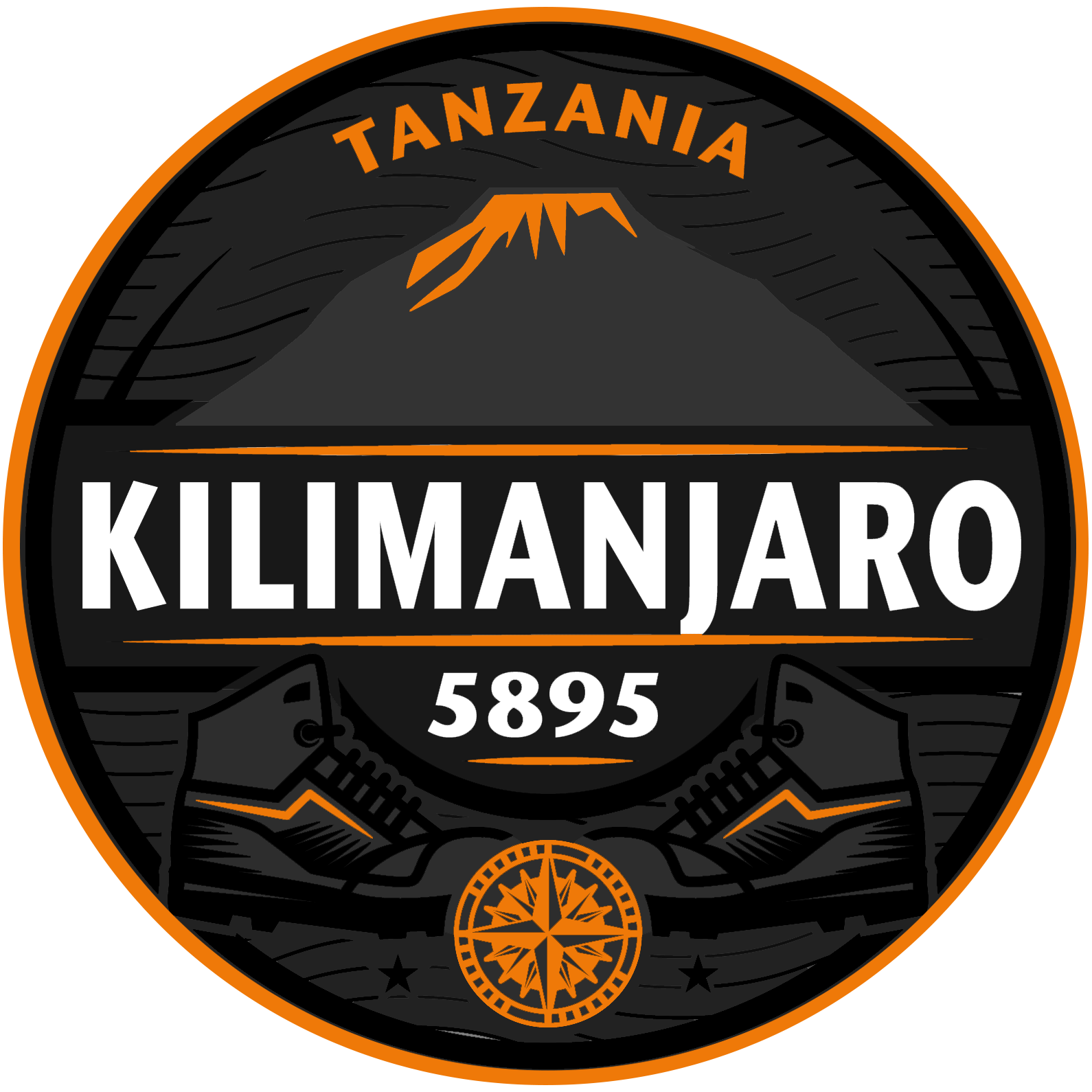


Kilimanjaro, with an elevation of 19,340 feet / 5,895 meters, is both an exciting and challenging high-altitude journey. The journey consists of daily walks spanning four to eight hours with the summit day encompassing roughly an eight hour ascent and six to seven hour decent.
If you want to embark on this Boundless adventure and are wondering if you can physically make this climb, this page is for you. We have put together a sample training program to help you prepare for this adventure. The simple reality here is that your fitness level will directly impact both your performance and overall enjoyment of this climb.
To prepare for this adventure, we recommend at least 3-4 months of dedicated training around increasing your cardiovascular strength as well as your overall strength. During this period, gradually increase the duration, distance, and elevation gain of your hikes, aiming for around a 10% increment per week. This approach ensures a safe and effective build-up of the specific conditioning required for trekking.

Prepare for high-altitude trekking by gradually increasing your pack weight during outdoor hikes, aiming for a comfortable 25 lb. load. Incorporate interval training and back-to-back sessions, and acclimate to high altitudes through practice hikes above 13,000 ft. elevation.

Enhance your overall strength for mountain trekking through various training methods like free weights, bands, backpacks, bodyweight exercises, or gym machines. Focus on core, upper back, shoulders, and leg strength for tasks like carrying a pack and using trekking poles effectively.

After each workout, dedicate 5–10 minutes to focused stretching, particularly for the hamstrings, glutes, hips, calves, lower back, and quadriceps. Prioritize maintaining normal joint range of motion, especially in problematic areas.

Options like trail running, incline treadmill walking, stair-stepping, jogging, elliptical workouts, and hill walking are suitable. Begin with 20–30 minutes of moderate-intensity activity three times a week, gradually progressing to 45–60 minutes for four to five sessions.
Please note this is a sample program and something most people will need to work up to.
Repeat for 3 rounds of 40 seconds on, 20 seconds off, switching movements every minute (scale as needed):
10–15 minutes at the end
Repeat for 3 rounds of 40 seconds on, 20 seconds off, switching movements every minute (scale as needed):
10–15 min. at the end
20-45 min. run/jog no pack, distance level (65-75% Max HR)
10–15 min. at the end
Repeat for 3 rounds of 40 seconds on, 20 seconds off, switching movements every minute:
10–15 minutes at the end
30 minute walk outside - just get out there and move a little
As needed to prevent stiffness